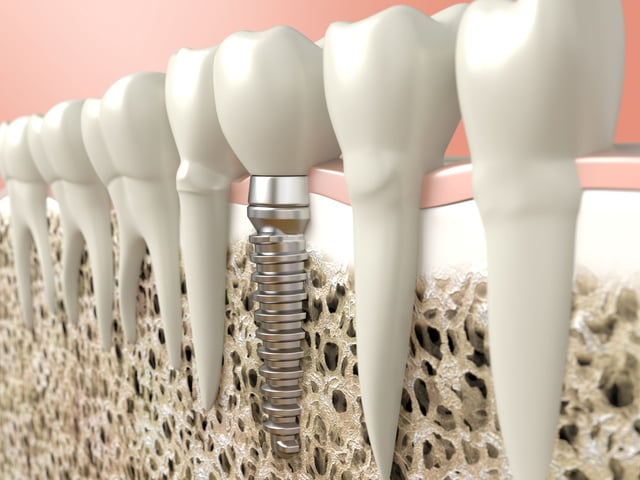
Various types of artificial materials are being utilized in biomedical devices, ranging from permanent implants to diagnostic devices. The surface properties of the materials used determine their interactions when in contact with bodily fluids. The biocompatibility of these materials is a complex issue, starting from the definition of biocompatibility itself. In one application, the material should be completely inert to prevent any interactions, whereas in others, integration of the material with the host tissue is needed. Physicochemical properties of the surface, such as wettability and surface roughness, are of prime importance for the optimization of protein and cell adhesion, cell spreading, and proliferation of cells.
The initial response when a material is placed in biological surroundings is water molecule adsorption to its surface. This happens within the first few nanoseconds. In the second stage, protein adsorption occurs. It is generally accepted that small proteins will be the first to adsorb due to their rapid transport to the surface. Over time, these proteins are replaced by larger ones that have a greater affinity towards the surface. The third stage of biological response includes cell attachment to the surface.
Surface energy, which is intimately related to wettability, is known to correlate with biological interactions. The material wettability is a determining factor for protein adsorption and thus also for cell adhesion. It is usually reported that biomaterial surfaces with moderate hydrophilicity improve cell growth and have higher biocompatibility. However, cell adhesion can decrease as the material becomes very hydrophilic. Modification of the material properties, either bulk or surface, makes it possible to find a material in which surface free energy is optimum for the application at hand.
All surfaces are rough to some extent. In some biomedical applications, the surface texture can be utilized to improve the material – host response. Topographical factors such as size, shape, and geometric alignment have a strong influence on the adhesion, migration, arrangement, and differentiation of cells.
The effect of surface topography has been studied on titanium surfaces. Titanium and its alloys are used as dental and bone implants. The biocompatibility of the titanium implant is dependent on the ability of osteoblasts to adhere to the implant surface. The wide use of titanium is not only due to the nature of the material itself but the range of possible surface treatments by which this material can be modified.
In addition to affecting cell adhesion and differentiation, the surface topography affects also wettability. It is well-known that surface wettability is a combination of surface chemistry and surface roughness.
Wettability is determined through contact angle measurements. When the contact angle is low the surface is said to be wettable. If the liquid used for measurement is water, the liquid used is water, the low contact angle means hydrophilic material and when the contact angle is high, the material is said to be hydrophobic. Possible surface roughness will enhance this as stated by the Wenzel equation.
To be able to study the effect of roughness on wettability, combined surface roughness and contact angle measurements should be made. To read more about these measurements, please download our white paper through the link below.
Related reading:
Editors note: This blog was originally published 24th of November 2015 and has since been updated for completeness.
Contact angle measurements help to evaluate the adhesion and performance of biomedical coatings.
Contact angle measurements offer insight into the behavior of a biomedical device in the human body.
Sign upp for the webinar to learn more about how QCM-D is used to study biomaterial-induced activation of the immune system
The concept of wettability, its importance in biomaterials, and how it can be manipulated to improve biocompatibility and overall performance are reviewed.
Read about how QSense QCM-D analysis is used in the quest to tackle inflammation and bacterial infections on implant surfaces.
Learn about the past and future development of biomaterials in regenerative medicine.
Learn about the distinction between the two concepts biomaterials and tissue engineering and how they relate to each other.
Learn more about how biocompatibility is defined and what this property entails
